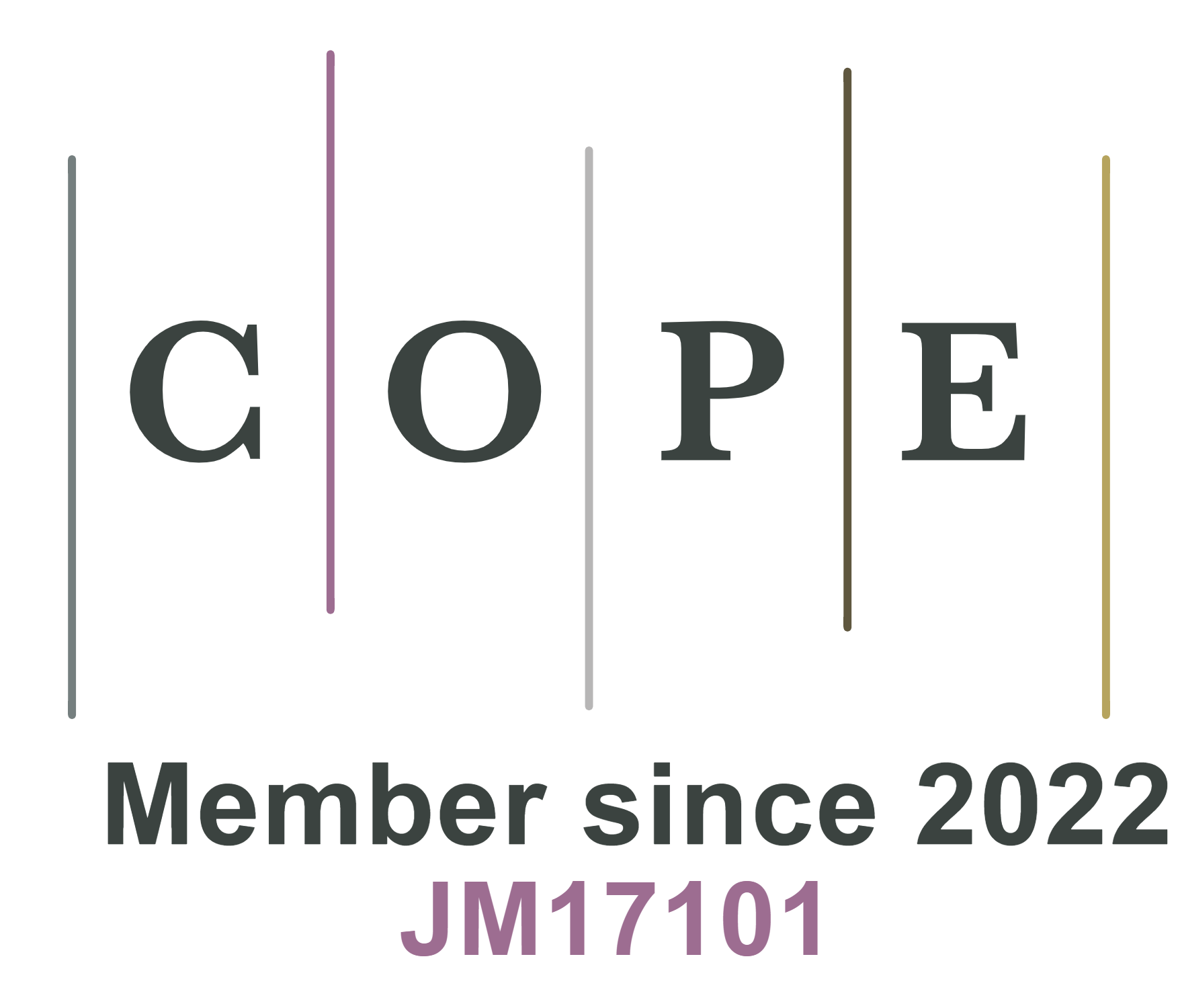REFERENCES
1. Choi C, Ashby DS, Butts DM, et al. Achieving high energy density and high power density with pseudocapacitive materials. Nat Rev Mater 2020;5:5-19.
2. Lin J, Zhang X, Fan E, Chen R, Wu F, Li L. Carbon neutrality strategies for sustainable batteries: from structure, recycling, and properties to applications. Energy Environ Sci 2023;16:745-91.
3. Gan Z, Yin J, Xu X, Cheng Y, Yu T. Nanostructure and Advanced Energy Storage: Elaborate Material Designs Lead to High-Rate Pseudocapacitive Ion Storage. ACS Nano 2022;16:5131-52.
4. Zhang L, Feng R, Wang W, Yu G. Emerging chemistries and molecular designs for flow batteries. Nat Rev Chem 2022;6:524-43.
5. Zheng J, Archer LA. Crystallographically textured electrodes for rechargeable batteries: symmetry, fabrication, and characterization. Chem Rev 2022;122:14440-70.
6. Eng AYS, Soni CB, Lum Y, et al. Theory-guided experimental design in battery materials research. Sci Adv 2022;8:eabm2422.
7. Wu F, Liu M, Li Y, et al. High-mass-loading electrodes for advanced secondary batteries and supercapacitors. Electrochem Energ Rev 2021;4:382-446.
9. Hamed H, Yari S, D’haen J, et al. Demystifying charge transport limitations in the porous electrodes of lithium-ion batteries. Adv Energy Mater 2020;10:2002492.
10. Farid T, Rafiq MI, Ali A, Tang W. Transforming wood as next-generation structural and functional materials for a sustainable future. EcoMat 2022;4:e12154.
11. Kim J, Kim Y, Yoo J, Kwon G, Ko Y, Kang K. Organic batteries for a greener rechargeable world. Nat Rev Mater 2023;8:54-70.
12. Poizot P, Gaubicher J, Renault S, Dubois L, Liang Y, Yao Y. Opportunities and challenges for organic electrodes in electrochemical energy storage. Chem Rev 2020;120:6490-557.
13. Lee B, Ko Y, Kwon G, et al. Exploiting biological systems: toward eco-friendly and high-efficiency rechargeable batteries. Joule 2018;2:61-75.
14. Wang H, Fu F, Huang M, et al. Lignin-based materials for electrochemical energy storage devices. Nano Mater Sci 2023;5:141-60.
15. Wang Y, Wang X, Tang J, Tang W. A quinoxalinophenazinedione covalent triazine framework for boosted high-performance aqueous zinc-ion batteries. J Mater Chem A 2022;10:13868-75.
16. Wang X, Xiao J, Tang W. Hydroquinone versus pyrocatechol pendants twisted conjugated polymer cathodes for high-performance and robust aqueous zinc-ion batteries. Adv Funct Mater 2022;32:2108225.
17. Jia R, He C, Li Q, Liu SY, Liao G. Renewable plant-derived lignin for electrochemical energy systems. Trends Biotechnol 2022;40:1425-38.
18. Chen C, Xu S, Kuang Y, et al. Nature-inspired tri-pathway design enabling high-performance flexible Li-O2 batteries. Adv Energy Mater 2019;9:1802964.
19. Farid T, Wang Y, Rafiq MI, Ali A, Tang W. Porous flexible wood scaffolds designed for high-performance electrochemical energy storage. ACS Sustain Chem Eng 2022;10:7078-90.
20. Zeng Z, Shan X, Hao G, et al. Semiquantitative microscopic pore characterizations of the metamorphic rock reservoir in the central paleo-uplift belt, Songliao Basin. Sci Rep 2022;12:2606.
21. Masara F, Honorio T, Benboudjema F. Sorption in C-S-H at the molecular level: disjoining pressures, effective interactions, hysteresis, and cavitation. Cement Concrete Res 2023;164:107047.
22. Thommes M, Cychosz KA. Physical adsorption characterization of nanoporous materials: progress and challenges. Adsorption 2014;20:233-50.
23. Shi C, Li X, Yang W, et al. Anchoring ultra-small Mo2C nanocrystals on honeycomb-structured N-doped carbon spheres for efficient hydrogen evolution. Chem Commun 2022;58:5269-72.
24. Sun B, Su Y, Wang X, Chai Y. The influence of vacuum heat treatment on the pore structure of earlywood and latewood of larch. Holzforschung 2022;76:985-93.
25. Kojiro K, Miki T, Sugimoto H, Nakajima M, Kanayama K. Micropores and mesopores in the cell wall of dry wood. J Wood Sci 2010;56:107-11.
26. Koriem OA, Showman MS, El-shazly AH, Elkady MF. Cellulose acetate/polyvinylidene fluoride based mixed matrix membranes impregnated with UiO-66 nano-MOF for reverse osmosis desalination. Cellulose 2023;30:413-26.
27. Halloub A, Raji M, Essabir H, et al. Intelligent food packaging film containing lignin and cellulose nanocrystals for shelf life extension of food. Carbohydr Polym 2022;296:119972.
28. Bui NQ, Fongarland P, Rataboul F, et al. FTIR as a simple tool to quantify unconverted lignin from chars in biomass liquefaction process: application to SC ethanol liquefaction of pine wood. Fuel Process Technol 2015;134:378-86.
29. Lin Z, Shi HY, Lin L, Yang X, Wu W, Sun X. A high capacity small molecule quinone cathode for rechargeable aqueous zinc-organic batteries. Nat Commun 2021;12:4424.
30. Bhagia S, Ďurkovič J, Lagaňa R, et al. Nanoscale FTIR and mechanical mapping of plant cell walls for understanding biomass deconstruction. ACS Sustain Chem Eng 2022;10:3016-26.
31. Sahoo BP, Das D, Rath P, Chakrabarty S, Roy S, Mohanta K. Improving reinforcement properties of CNTs in aluminium matrix composites: a case of surface modification through AlN nano-particle grafting. Surf Interfaces 2023;36:102571.
32. Zhang D, Zhang X, Chen Y, Yu P, Wang C, Ma Y. Enhanced capacitance and rate capability of graphene/polypyrrole composite as electrode material for supercapacitors. J Power Sources 2011;196:5990-6.
33. Wu W, Yang L, Chen S, et al. Core-shell nanospherical polypyrrole/graphene oxide composites for high performance supercapacitors. RSC Adv 2015;5:91645-53.
34. Duan Z, Hu M, Jiang S, Du G, Zhou X, Li T. Cocuring of epoxidized soybean oil-based wood adhesives and the enhanced bonding performance by plasma treatment of wood surfaces. ACS Sustain Chem Eng 2022;10:3363-72.
35. Dong Y, Gao S, Wang K, et al. The effect mechanism and properties of poplar wood cross-linking modified with polyols and polycarboxylic acid. Wood Mater Sci Eng 2023;18:1630-40.
36. Li S, Zhang L, Zhang L, et al. The in situ construction of three-dimensional core-shell-structured TiO2@PPy/rGO nanocomposites for improved supercapacitor electrode performance. New J Chem 2021;45:1092-9.
37. Lei Y, Huo D, Liu H, et al. An investigation of PPy@1T/2H MoS2 composites with durable photothermal-promoted effect in photo-fenton degradation of methylene blue and in water evaporation. Polymers 2023;15:3900.
38. Liu Z, Sun J, Song H, et al. High performance polypyrrole/SWCNTs composite film as a promising organic thermoelectric material. RSC Adv 2021;11:17704-9.
39. López-García F, Canché-Escamilla G, Ocampo-Flores AL, Roquero-Tejeda P, Ordóñez LC. Controlled size nano-polypyrrole synthetized in micro-emulsions as pt support for the ethanol electro-oxidation reaction. Int J Electrochem Sci 2013;8:3794-813.
40. Kasisomayajula SV, Qi X, Vetter C, Croes K, Pavlacky D, Gelling VJ. A structural and morphological comparative study between chemically synthesized and photopolymerized poly(pyrrole). J Coat Technol Res 2010;7:145-58.
41. Farea MA, Mohammed HY, sayyad PW, et al. Carbon monoxide sensor based on polypyrrole-graphene oxide composite: a cost-effective approach. Appl Phys A 2021;127:681.
42. Kumar D, Ail U, Wu Z, et al. Zinc salt in “water-in-polymer salt electrolyte” for zinc-lignin batteries: electroactivity of the lignin cathode. Adv Sustain Syst 2023;7:2200433.
43. Wang D, Yang F, Cong L, et al. Lignin-containing hydrogel matrices with enhanced adhesion and toughness for all-hydrogel supercapacitors. Chem Eng J 2022;450:138025.
44. Wang M, Wang G, Naisa C, et al. Poly(benzimidazobenzophenanthroline)-ladder-type two-dimensional conjugated covalent organic framework for fast proton storage. Angew Chem Int Ed 2023;62:e202310937.
46. Mei B, Munteshari O, Lau J, Dunn B, Pilon L. Physical interpretations of nyquist plots for EDLC electrodes and devices. J Phys Chem C 2018;122:194-206.
47. Wang Y, Lin X, Liu T, et al. Wood-derived hierarchically porous electrodes for high-performance all-solid-state supercapacitors. Adv Funct Mater 2018;28:1806207.
48. Tang Z, Pei Z, Wang Z, et al. Highly anisotropic, multichannel wood carbon with optimized heteroatom doping for supercapacitor and oxygen reduction reaction. Carbon 2018;130:532-43.
49. Zhang S, Wu C, Wu W, et al. High performance flexible supercapacitors based on porous wood carbon slices derived from Chinese fir wood scraps. J Power Sources 2019;424:1-7.
50. Zhu C, Liu T, Qian F, et al. Supercapacitors based on three-dimensional hierarchical graphene aerogels with periodic macropores. Nano Lett 2016;16:3448-56.
51. Liu K, Mo R, Dong W, Zhao W, Huang F. Nature-derived, structure and function integrated ultra-thick carbon electrode for high-performance supercapacitors. J Mater Chem A 2020;8:20072-81.
52. Xiao K, Ding LX, Liu G, Chen H, Wang S, Wang H. Freestanding, hydrophilic nitrogen-doped carbon foams for highly compressible all solid-state supercapacitors. Adv Mater 2016;28:5997-6002.
53. Gao T, Zhou Z, Yu J, et al. 3D printing of tunable energy storage devices with both high areal and volumetric energy densities. Adv Energy Mater 2019;9:1802578.









